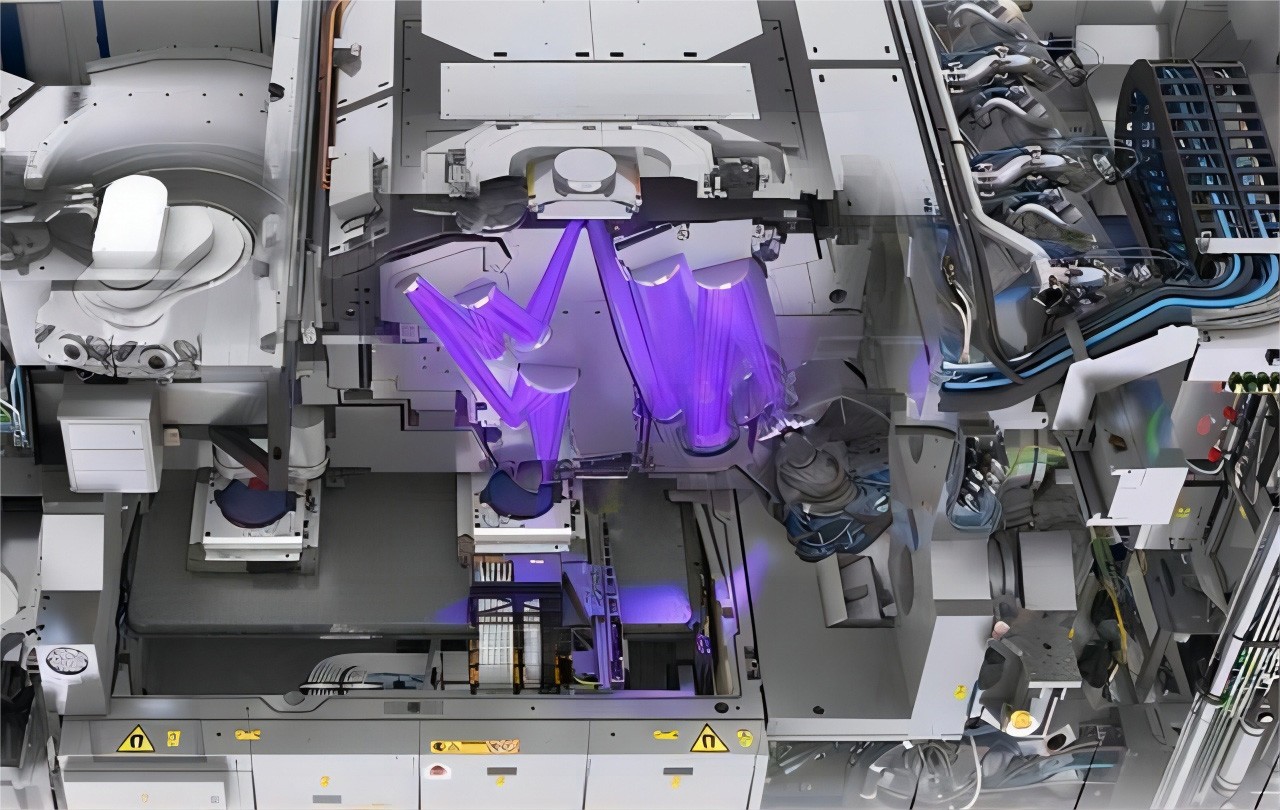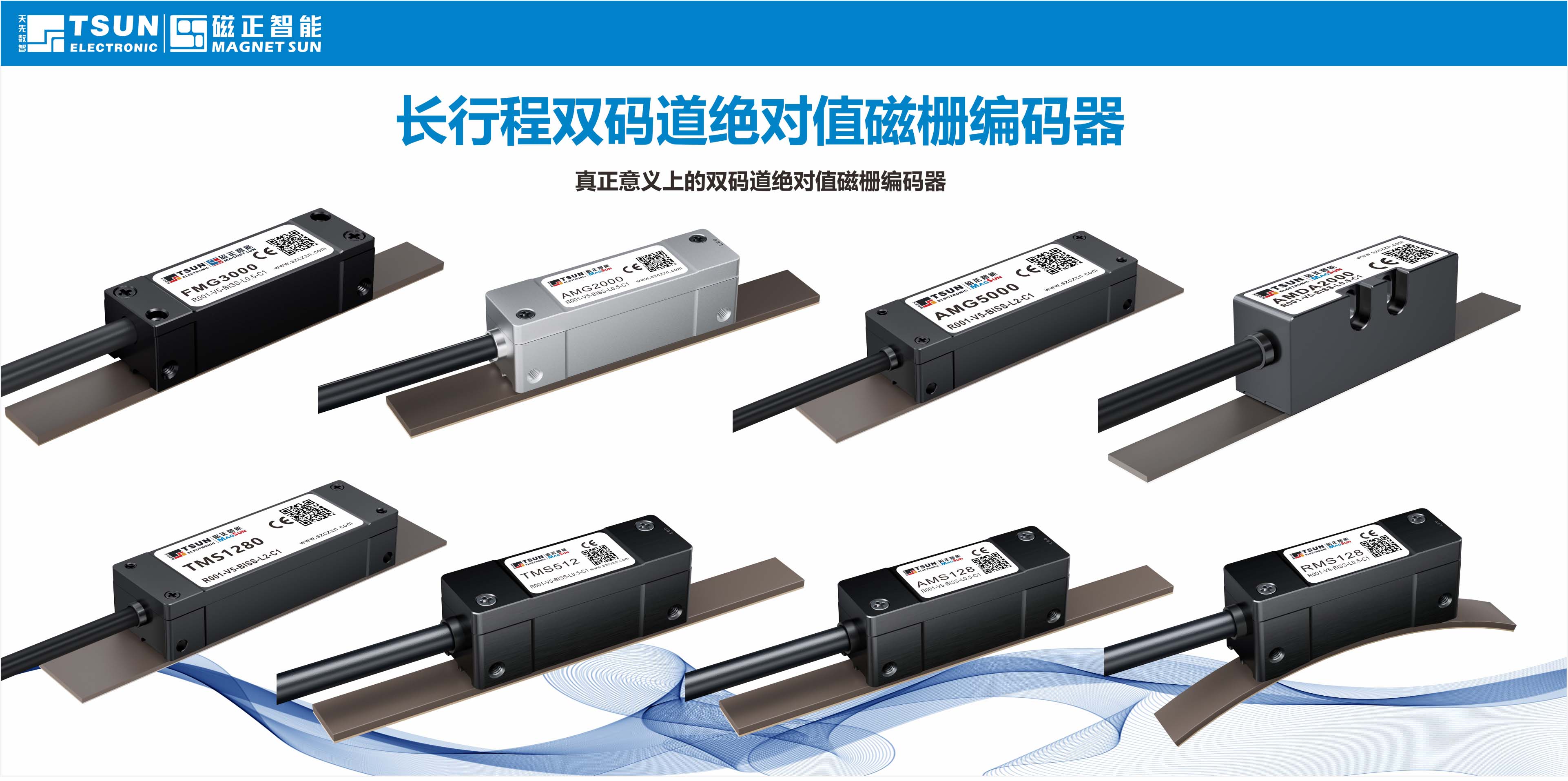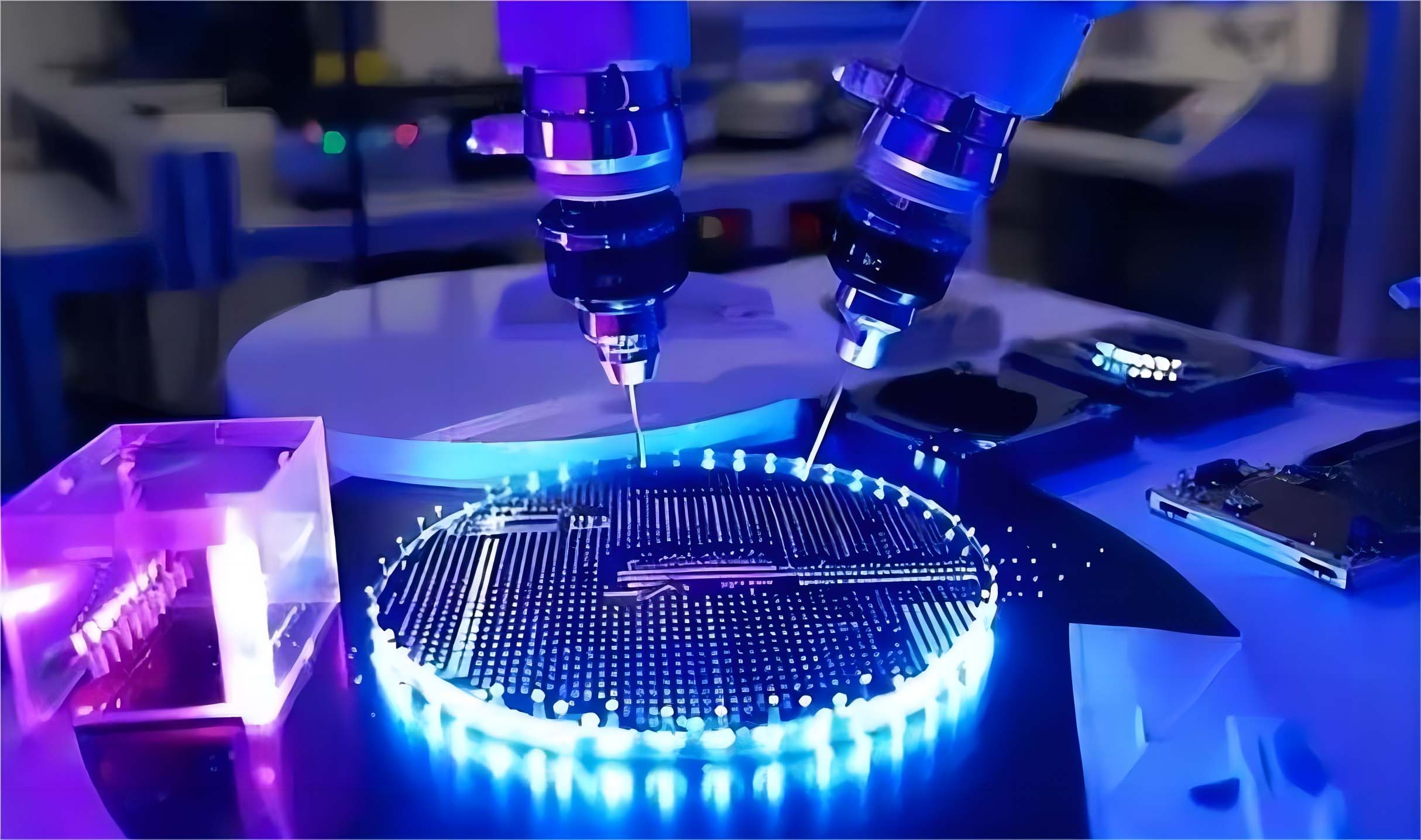Significant progress has been made in the research and development of domestic photolithography machines in recent years, especially in extreme ultraviolet (EUV) photolithography technology, deep ultraviolet (DUV) photolithography technology and super-resolution photolithography technology.
1. Breakthrough in EUV lithography technology
Huawei, in collaboration with the domestic industrial chain, has successfully developed a domestically produced EUV lithography machine.
It adopts laser-induced discharge plasma (LDP) technology, with a light source efficiency of 3.42%, approaching international standards.
The solid-state laser-driven LPP-EUV light source developed by Lin Nan's team from the Shanghai Institute of Optics and Fine Mechanics has a conversion efficiency of 3.42%,
bypassing ASML's patent barriers for carbon dioxide lasers. Domestic EUV lithography machines are expected to enter mass production in 2026,
with a yield rate of up to 70% and a cost that is only one-third of that of imported equipment.
2. Advances in DUV Lithography Technology
The Chinese Academy of Sciences has successfully developed a fully solid-state DUV light source, which adopts 193nm vortex beam technology,
eliminating the reliance on rare gases and reducing maintenance costs by 30%. This technology can support the 7nm process and is expected to
achieve the 3nm process through multiple exposures, challenging ASML's EUV lithography machine market.
3. Super-resolution lithography technology
The 22nm super-resolution lithography machine (365nm light source) developed by the Institute of Optics and Electronics, Chinese Academy of Sciences,
combined with multiple exposures, can achieve 10nm chip manufacturing. This technology employs surface plasma lithography, bypassing the traditional
optical diffraction limit and providing a new path for domestic chip manufacturing. The rapid development of domestic photolithography machines is
profoundly changing the technical path and market pattern of China's encoder industry. From the manufacturing of high-precision gratings to the
breakthrough in the integration of chip-type encoders, the advancement of lithography technology has not only raised the performance limit of domestic
encoders but also promoted the self-reliance and control of the industrial chain, and given rise to new technological routes.

Precision leap: A leap from micrometers to nanometers
The accuracy of traditional encoders has long been limited by the photolithography process. However, the maturity of domestic super-resolution photolithography
technology (such as the 22nm process) has increased the grating line density by an order of magnitude. This means that the resolution of the optical encoder
is expected to exceed 0.001°, which is ten times higher than the current level. Meanwhile, the Hall array integration of the magnetic encoder has been
significantly enhanced, and the measurement accuracy is approaching the world's top level.
Industrial chain Reconstruction: From Reliance on Imports to Self-reliance and Control
In the past, the core components of high-end encoders, such as grating substrates, dedicated ASIC chips, and precision bearings, were highly dependent on
imports. With the breakthrough of domestic photolithography machines, the manufacturing cost of gratings is expected to drop by more than 60%, and the
domestic production rate of encoder-specific chips is expected to increase to 40% within three years. This not only reduces the production costs of enterprises,
but more importantly, it reduces supply chain risks, enabling domestic enterprises to have greater bargaining power in fields such as industrial automation and robotics.

Technological route innovation: The Rise of the Chinese Solution
Domestic photolithography technology not only catches up with the international level but also opens up new paths in some fields.
For instance, quantum dot encoders are manufactured using nanoscale lithography technology and theoretically can achieve 24-bit ultra-high resolution,
far exceeding the limits of traditional encoders. Photonic crystal coding technology, through a special optical structure, reduces temperature drift to 1/50
of that of traditional products and is suitable for extreme environments. In addition, the integration of AI and edge computing enables intelligent encoders
to have self-calibration and predictive maintenance capabilities, promoting the development of industries towards intelligence.
Application scenario expansion: From industrial equipment to cutting-edge technology
In traditional fields such as CNC machine tools and industrial robots, domestic high-precision encoders are gradually replacing imported products. In emerging
markets such as semiconductor equipment and quantum computing, ultra-precision encoders driven by domestic lithography technology have become a key
support. For instance, wafer-level lithography machines require position feedback at the ±0.1nm level, while the stable operation of quantum computers
relies on ultra-high-precision Angle references. These demands are driving domestic encoders to break through into higher-end markets.
Innovation Never stops: Promoting the Steady and long-term development of "Made in China"
The breakthrough of domestic photolithography machines is not only a technological advancement, but also indicates that the encoder industry is ushering in
brand-new development opportunities. With the improvement of manufacturing precision, the perfection of the industrial chain and the emergence of innovative
technologies, Chinese encoder enterprises are expected to occupy a more important position in the global market and ultimately promote the overall upgrading of China's high-end manufacturing industry.